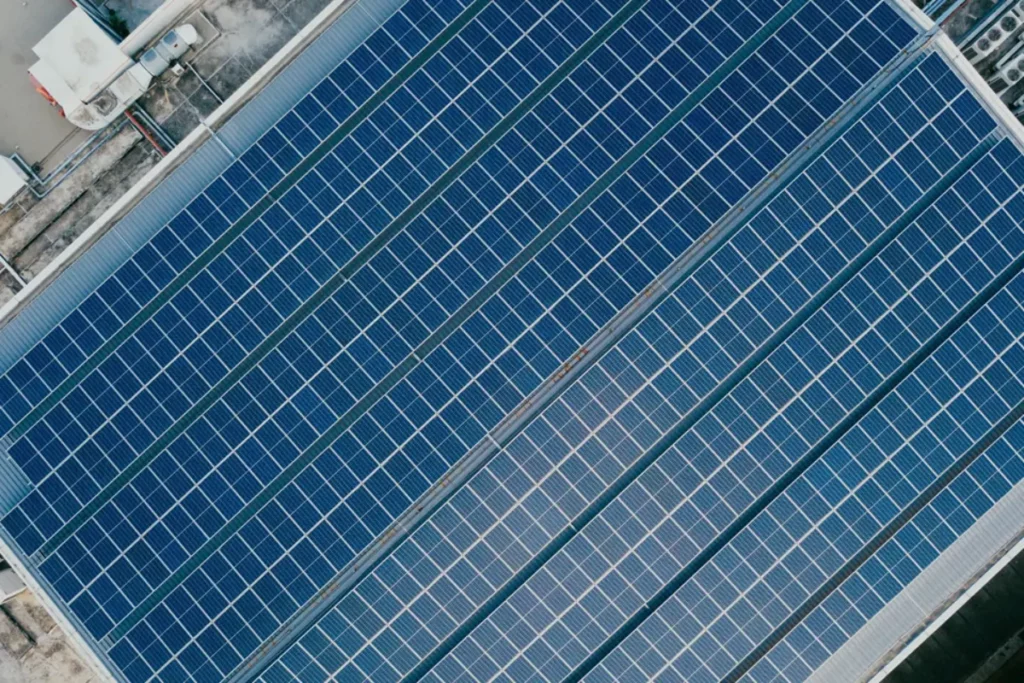The business world is transforming in an era where sustainable practices are not just a buzzword but a pressing necessity. The most impactful way companies can embrace sustainability and cut operational costs is by investing in the types of commercial solar panels. Let us understand the process of investing in commercial solar, demystifying the steps from initial assessment to measurable return on investment (ROI).
The Initial Assessment
The journey towards a sustainable energy future begins with an initial assessment. The first step is assessing your commercial property’s energy needs and solar potential. It helps in determining whether solar is a viable investment.
Factors such as available roof or ground space, local climate conditions, and energy consumption patterns will be evaluated. An in-depth analysis will help you determine the size and capacity of the solar system needed.
Financial Planning and Budgeting
Financing a commercial solar project involves several considerations. While solar power is known for its long-term cost savings, there are initial costs to consider from the cost of solar panels, installation, and other related equipment. Fortunately, various financing options are available. Each option has financial implications. Thus, carefully considering your solar investment with your budget is essential.
Choosing the Right Solar System
Commercial solar systems come in different forms, including rooftop solar, ground-mounted arrays, and solar carports. The system choice depends on your property’s characteristics, energy needs, and aesthetic preferences.
Rooftop solar installations are famous for utilising otherwise unused space. At the same time, ground-mounted arrays and solar carports offer flexibility in positioning and design. Selecting the right system is a crucial step. As it directly impacts the efficiency and effectiveness of your solar energy generation.
Regulatory and Permitting Requirements
Navigating the regulatory landscape is another important commercial solar investment process aspect. Solar projects require adherence to local, state, and federal regulations. These regulations often include safety standards, electrical codes, and environmental impact assessments.
Understanding your area’s permitting requirements is essential to ensure a smooth and compliant installation. From here, obtain the necessary approvals before moving forward.
Finding and Selecting Solar Installers
Choosing the right solar installation company is a decision that can make or break your commercial solar project. Extensive research is essential to find experienced and reputable installers.
Seek recommendations, read reviews, and request quotes from multiple companies. Ensure the installer possesses the required certifications, licenses, and insurance. It is to guarantee a safe and efficient installation process.
Solar System Design and Engineering
Once you’ve selected a solar installer, the design and engineering phase of the project commences. During this stage, the installer tailors the solar system to your needs, considering available space, sunlight exposure, and shading. The goal is to create a customised solar system that maximises energy production and efficiency, effectively meeting your energy demands.
Installation and Integration
The actual installation of your solar system is the hands-on phase, where solar panels, inverters, and electrical components are put in place. Integration with your business’s electrical infrastructure and connection to the grid are also vital components of this step. Careful and professional installation ensures your solar system’s long-term performance and reliability.
Monitoring and Maintenance
As your solar system starts generating electricity, it’s essential to implement a monitoring and maintenance regimen. Continuous monitoring ensures your system performs optimally, promptly identifying and addressing any issues.
Regular maintenance, such as cleaning, inspection, and performance checks, helps extend the life of your solar system. Routine check-ups are essential to detect and resolve any issues affecting energy production.
Investing in commercial solar involves a series of strategic steps. It is from the initial assessment to system design, engineering, installation, monitoring, and maintenance. While the process may seem complex, the environmental and economic rewards are worthwhile.



![10 Best Bags for Nurses | Personal Recommendation [2023] 4 Best Bags For Nurses Reviews in 2021](https://knowworldnow.com/wp-content/uploads/2022/12/Best-Bags-For-Nurses-Reviews-in-2021.webp)



![F95Zone Games - The Ultimate Guide for 2021 [F95Z Guide] 8 F95Zone Games](https://knowworldnow.com/wp-content/uploads/2021/07/ArTtW5LrK3b-z-0-y-637f48d86203817a9042a857.webp)